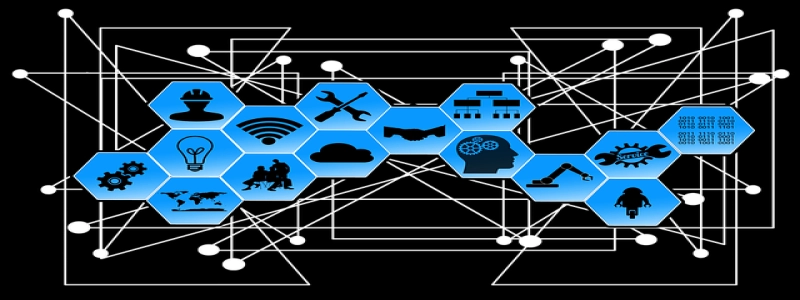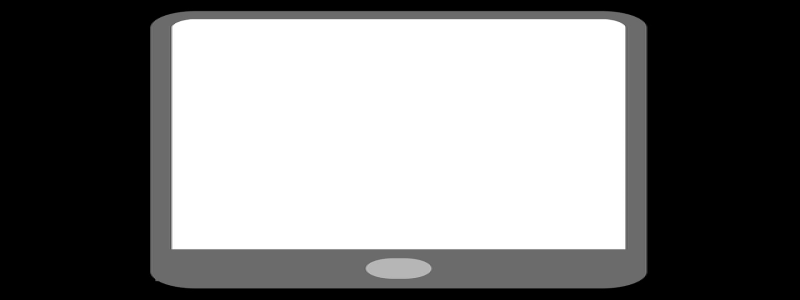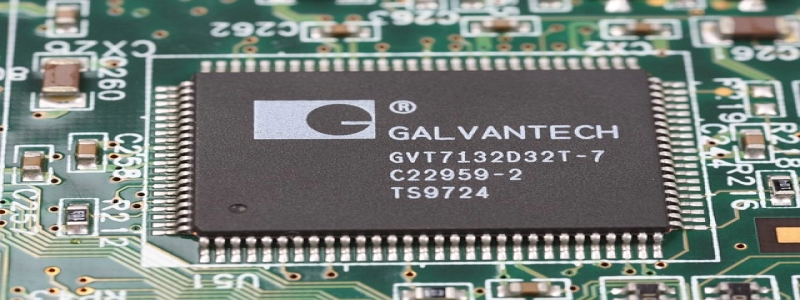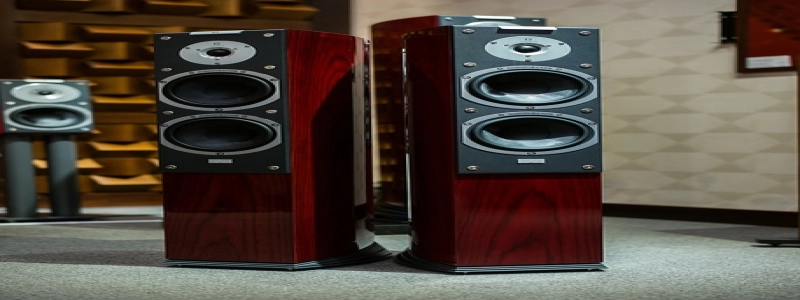Types of Attenuators
I. Introduction
Attenuators are electronic devices widely used in the field of telecommunications and audio engineering. Their purpose is to reduce the power or amplitude of a signal without significantly impacting its waveform or frequency content. In this article, we will discuss the different types of attenuators commonly found in the industry and their applications.
II. Fixed Attenuators
1. Resistive Attenuators
Resistive attenuators are one of the simplest forms of attenuators. They consist of a series of resistors arranged in such a way that they reduce the signal power passing through them. The attenuation level is determined by the ratio of resistance values. These attenuators are commonly used in audio equipment, communication systems, and test setups.
2. Voltage Divider Attenuators
Voltage divider attenuators, also known as pi attenuators, use three resistors connected in series and parallel configurations to attenuate the signal. They provide equal impedance to the input and output ports, making them ideal for matching impedance between devices.
III. Variable Attenuators
1. Step Attenuators
Step attenuators provide discrete attenuation levels selectable by switching from one step to another. They are typically found in audio systems, where the user can adjust the signal level to their preference. Step attenuators are also used in testing and measurement applications.
2. Continuously Variable Attenuators
Continuously variable attenuators, also known as potentiometers or rheostats, offer a smooth and continuous transition of attenuation. They are widely used in volume controls for audio systems and as level adjustments in signal generators.
IV. Programmable Attenuators
Programmable attenuators allow for precise and automated control of attenuation levels. They can be controlled digitally through interfaces such as USB, Ethernet, or GPIB. These attenuators are commonly used in RF testing, wireless communications, and antenna testing.
V. Optical Attenuators
Optical attenuators are specifically designed for optical signals in fiber-optic communication systems. They control the amount of light passing through the fiber, ensuring optimal signal levels to avoid distortions or overloading. Variable and fixed attenuators are available for different applications in optical networks.
VI. Conclusion
Attenuators play a crucial role in signal processing, ensuring the right signal strength for various applications. Fixed attenuators such as resistive and voltage divider attenuators are commonly used in audio and communication systems. Variable attenuators, including step and continuously variable attenuators, provide flexibility in signal level adjustments. Programmable attenuators offer automated and precise control, while optical attenuators cater to the needs of fiber-optic communication systems. Understanding the different types of attenuators allows engineers and technicians to choose the most suitable option for their specific requirements.








